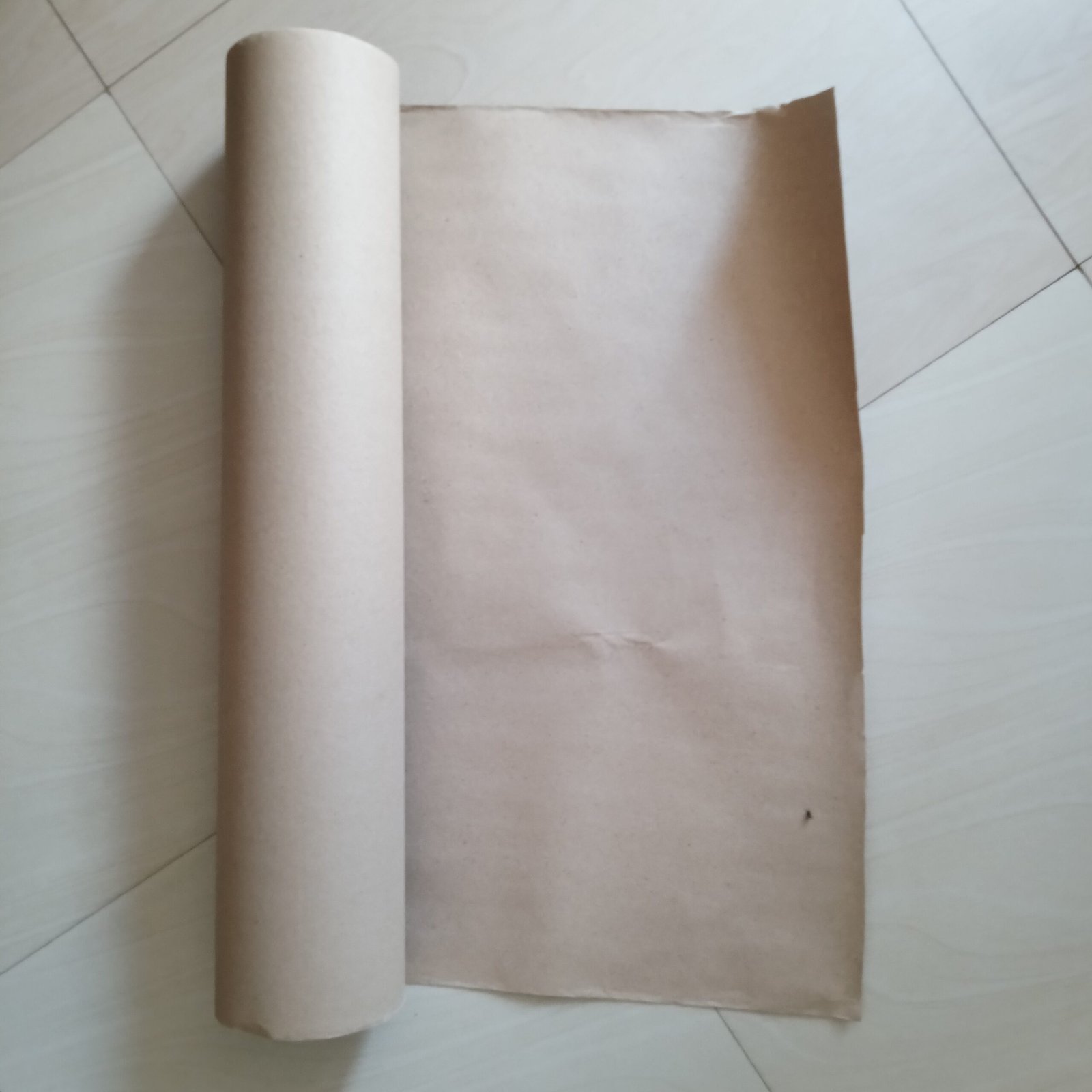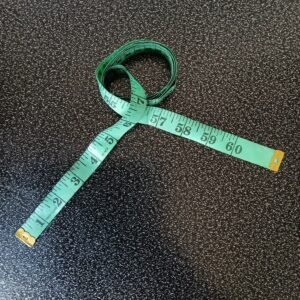Pattern Drafting Paper: A Must-Have Tool for Every Fashion Enthusiast
Whether you’re an aspiring designer, a seasoned tailor, or simply someone who loves sewing as a hobby, pattern drafting paper is an indispensable tool in your creative arsenal. It’s the canvas where your design dreams begin to take shape, transforming your ideas into wearable art. In this blog, we’ll explore the versatility and importance of pattern drafting paper, catering to both beginners and advanced learners in the fashion industry. Let’s dive in!
What is Pattern Drafting Paper?
Pattern drafting paper is a specialized type of paper used to create patterns for sewing garments. It’s typically lightweight, durable, and comes in various forms to suit different needs. From basic grid-marked paper to more advanced options like dot-and-cross or tracing paper, there’s a perfect choice for every designer.
Why is Pattern Drafting Paper Essential?
- Accuracy in Design: Pattern drafting paper allows you to draw precise measurements and shapes, ensuring your final garment fits perfectly.
- Flexibility in Creativity: You can experiment with different designs, adjust proportions, and refine details before cutting into your fabric.
- Reusable Patterns: With durable options, you can create patterns that last, enabling you to recreate favorite designs multiple times.
- Cost-Efficient: Mistakes are inevitable, but using pattern drafting paper reduces the risk of wasting expensive fabric.
Types of Pattern Drafting Paper
Understanding the different types of pattern drafting paper will help you choose the one best suited for your project:
- Grid Paper: Perfect for beginners, the pre-printed grids make it easier to draw straight lines and symmetrical shapes.
- Dot-and-Cross Paper: Popular among professionals, this paper provides reference points for accurate drafting and scaling.
- Tracing Paper: Ideal for copying patterns or layering designs, its transparency makes it a versatile choice.
- Brown Craft Paper: A budget-friendly option for creating durable patterns.
- Swedish Tracing Paper: A fabric-like paper that’s sturdy enough to sew, allowing you to test patterns before cutting fabric.
Tips for Beginners
If you’re just starting, here are some handy tips to make the most of your pattern drafting paper:
- Invest in Quality Tools: A good set of rulers, pencils, and erasers can make drafting easier and more precise.
- Start Simple: Begin with basic designs to build confidence before tackling more complex patterns.
- Label Everything: Mark key points, measurements, and notes directly on the paper to stay organized.
- Practice Makes Perfect: Don’t be afraid to experiment and make mistakes; it’s all part of the learning process.
Advanced Techniques for Pros
For experienced designers, pattern drafting paper opens up a world of possibilities:
- Custom Draping: Use paper to create tailored patterns for unique body shapes.
- Pattern Grading: Scale your patterns to different sizes efficiently with dot-and-cross paper.
- Layered Designs: Experiment with overlays and multi-piece garments by tracing and layering patterns.
Final Thoughts
Pattern drafting paper is more than just a tool; it’s the foundation of every great design. Whether you’re sketching your first pattern or refining a couture creation, the right paper can make all the difference. So, invest in quality materials, hone your skills, and let your creativity shine.
Remember, every masterpiece starts with a single line on a blank sheet. Happy drafting!




